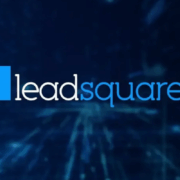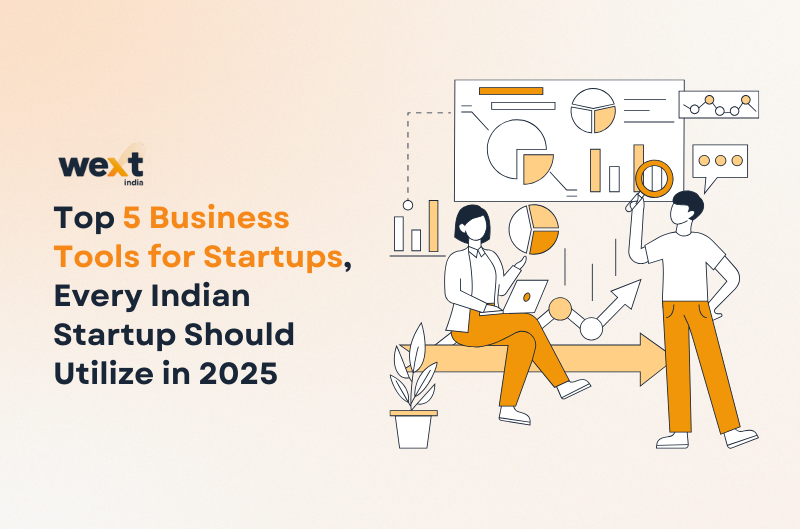India is commemorating 10 revolutionary years of the Digital India project, and Prime Minister Narendra Modi used LinkedIn to pen an article about a program that has firmly become part of the Indian growth story. Launched in 2015, Digital India was seen as a method to bridge the digital divide and engage people through the power of technology in governance, access, and inclusion.
It all started as a policy, but today it has become a national movement. In India today, technology has become an integral part of the lives of most members of society, especially since the advent of online payments, digital classrooms, and telemedicine in small villages. Modi described this initiative as people-centric, inclusive, and future-ready.
Key Achievements of Digital India
The nation has experienced a massive growth of digital infrastructure under the project Digital India:
- Common Service Centres (CSCs) are places that provide government services in the rural sector, and more than 5 lakhs of such CSCs have been put up.
- Subsidy distribution has also become transparent through Aadhaar-linked services, and leakages have virtually been stopped.
- UPI (Unified Payments Interface) has helped India to emerge as a leader in the world of digital transactions.
- DigiLocker, UMANG, CoWIN, and e-Sanjeevani are some of the platforms that have put healthcare and other services at the fingertips of all citizens, including education.
- 2.1 lakh-plus Gram Panchayats have been linked under BharatNet, boosting rural internet connectivity.
This has spawned millions of positions and led to the door of startups in fintech, health tech, edtech, and so on.
You may also like, How to avoid UPI frauds
Global Recognition and Domestic Empowerment
- Narender Modi said India is now being considered a world leader in the sphere of digital governance. CoWIN and other platforms designed to help in monitoring COVID-19 vaccinations were considered exemplary and evaluated as points of mere reference worldwide.
In the future, the government is planning to focus on AI, cybersecurity, semiconductor manufacturing, and next-generation internet connectivity, which will set the foundation for the Indian digital economy to become one of the leaders in the global digital economy.
Read the complete article by Narendra Modi on Linkedin
This might be in terms of digital empowerment and global recognition, but one thing is evident: Digital India has been the agent of change over the decade and is gearing India towards the future.















[…] Must Read: A Decade of Digital India: How PM Narendra Modi Transformed a Nation Through Technology […]
[…] You may also like, A Decade of Digital India: How PM Narendra Modi Transformed a Nation Through Technology […]